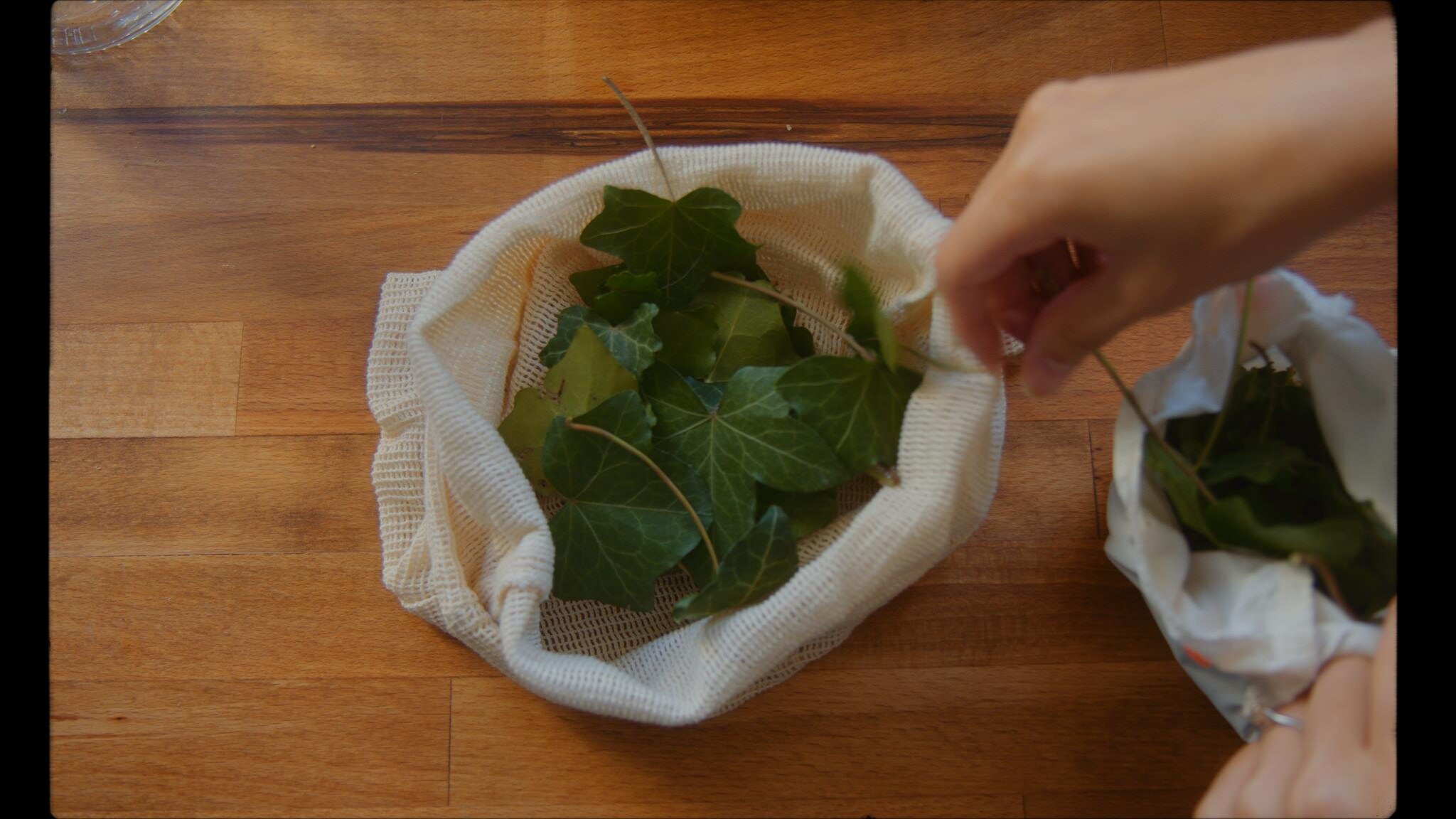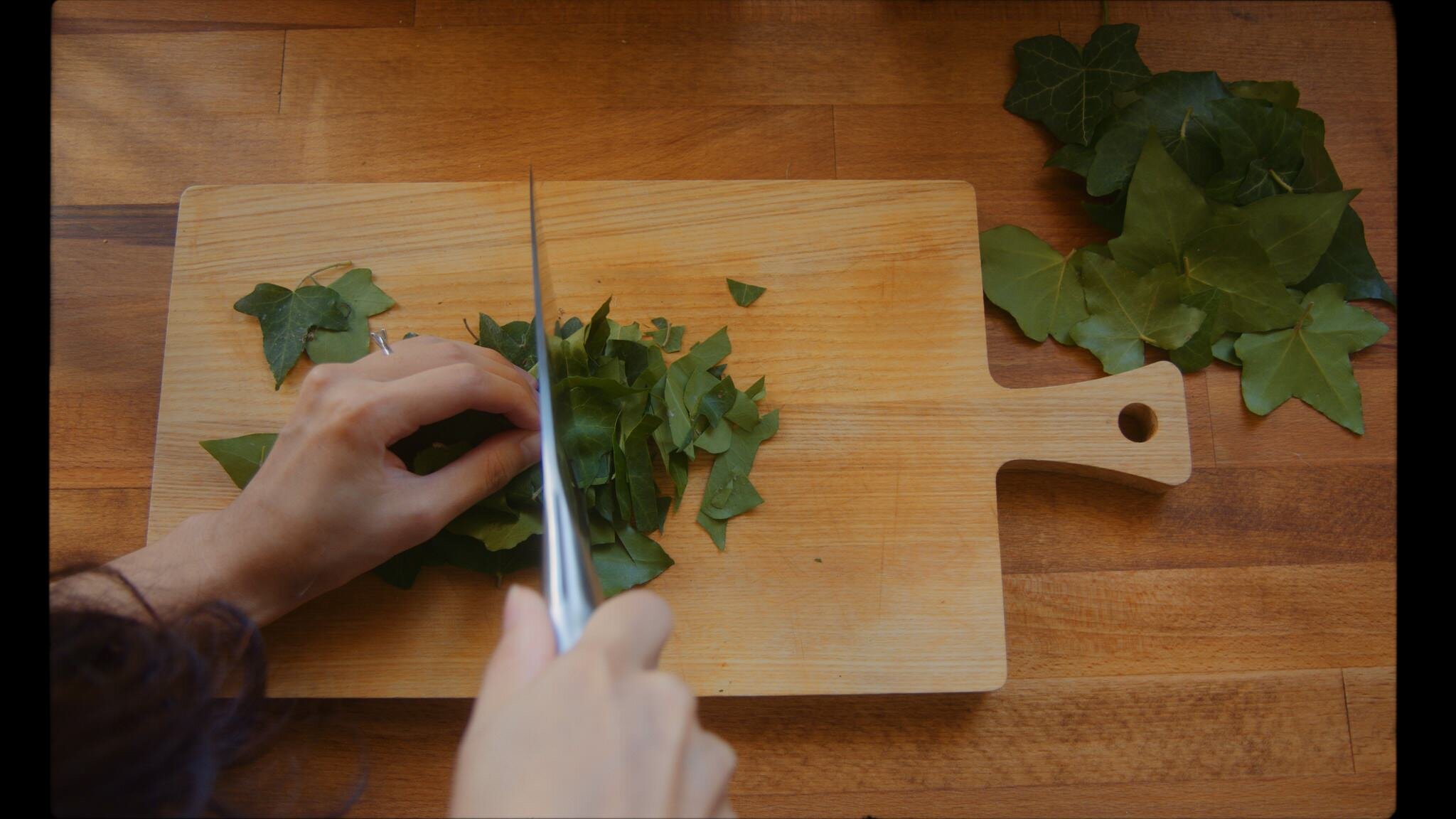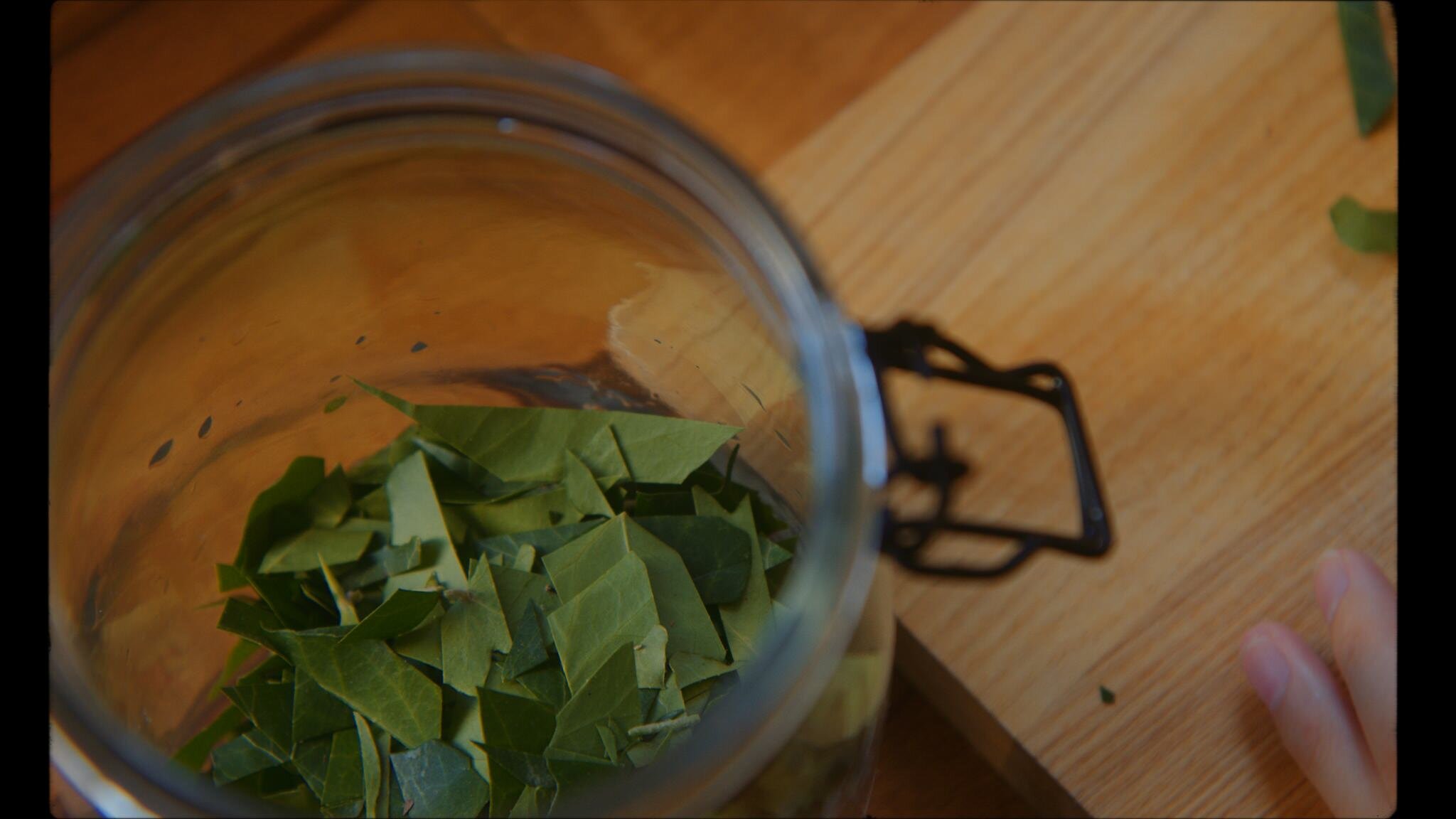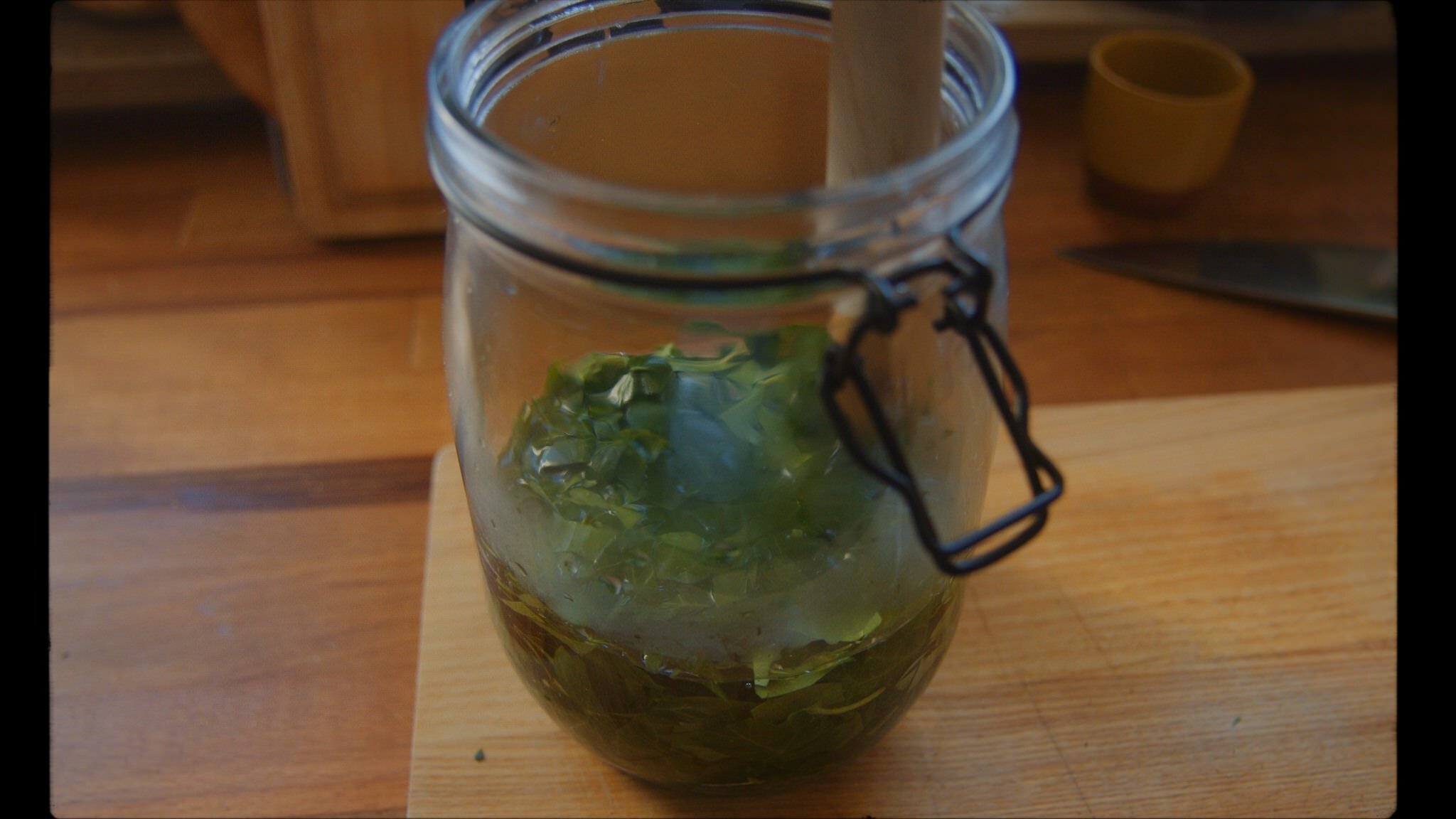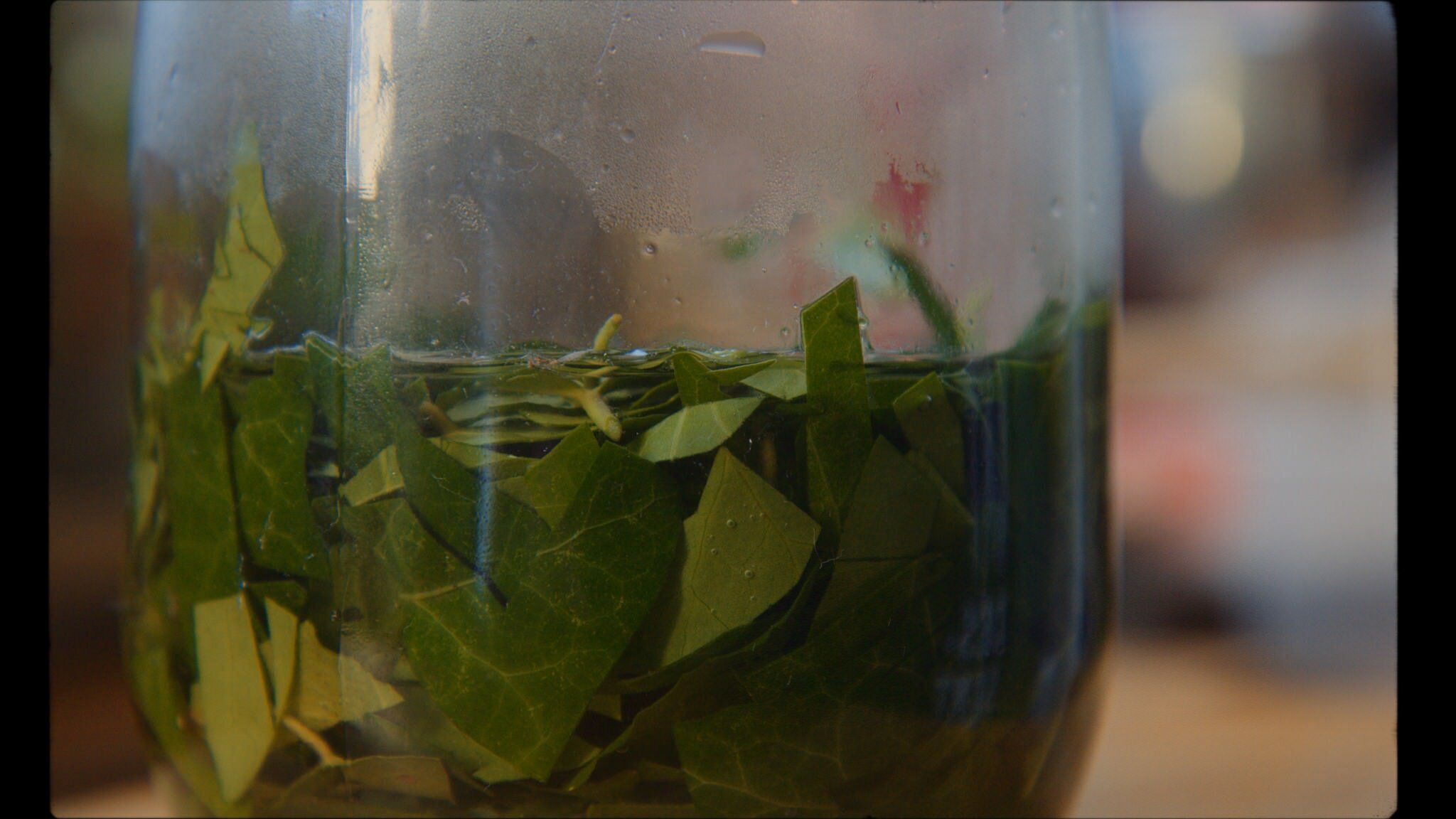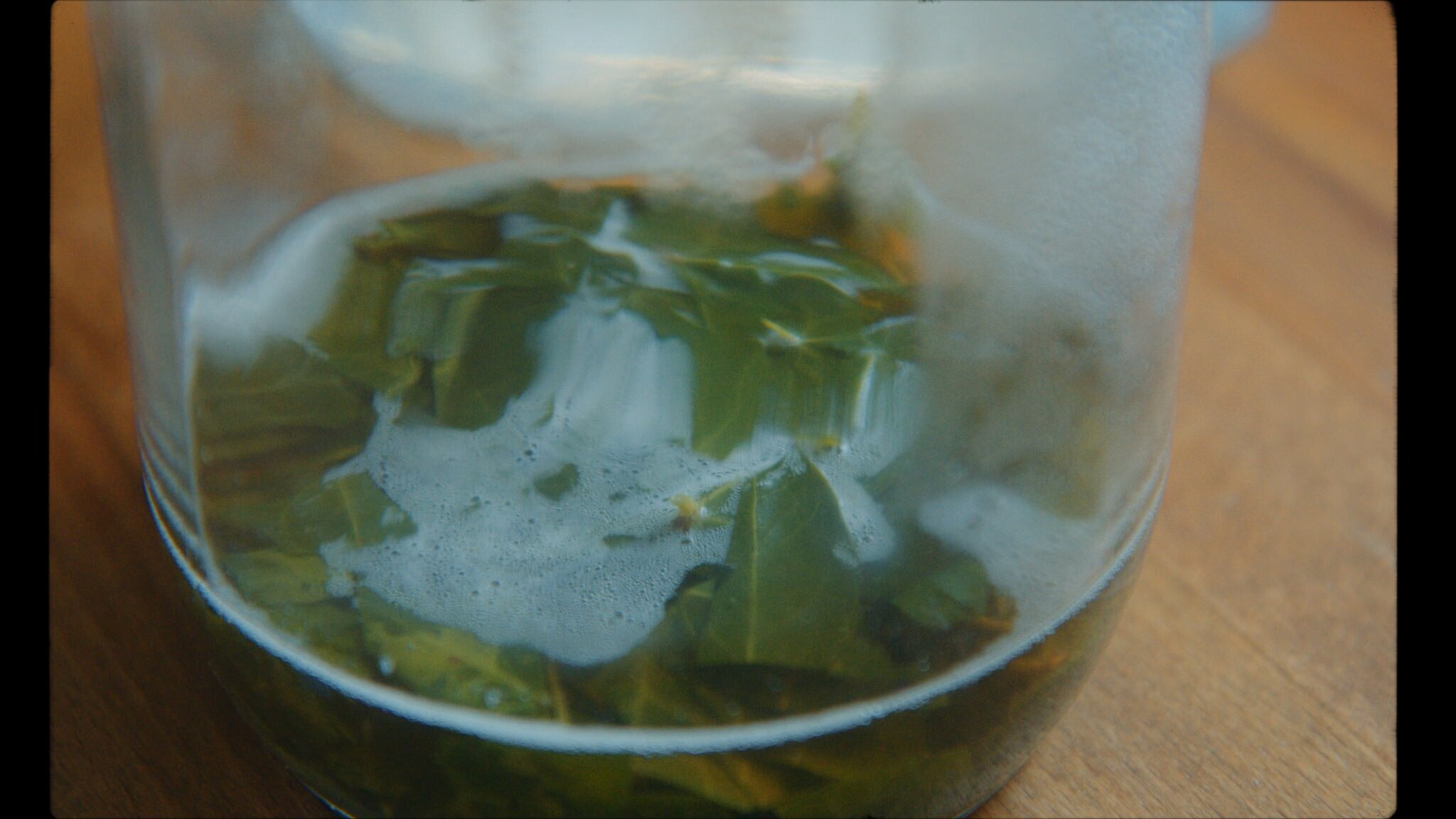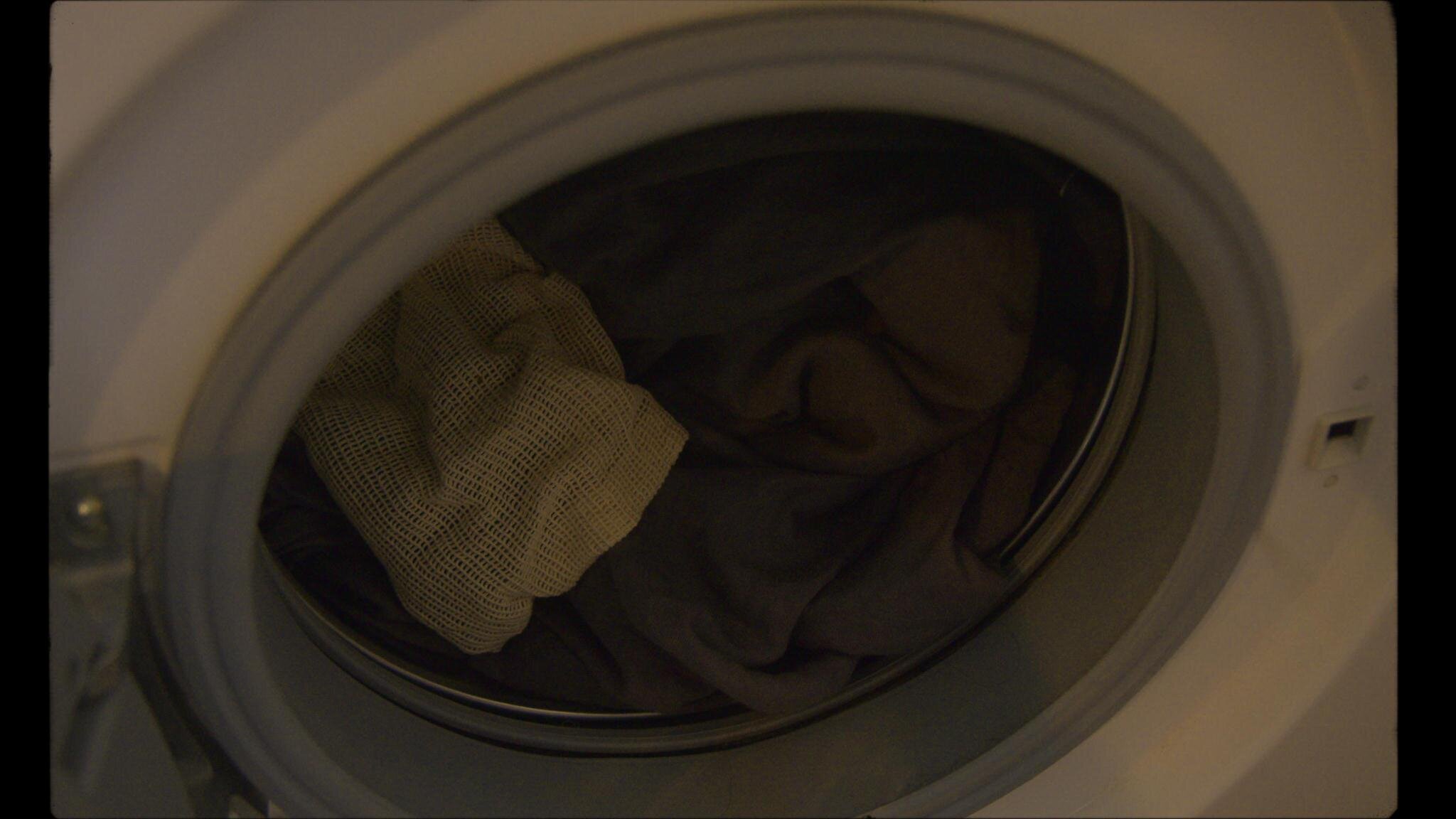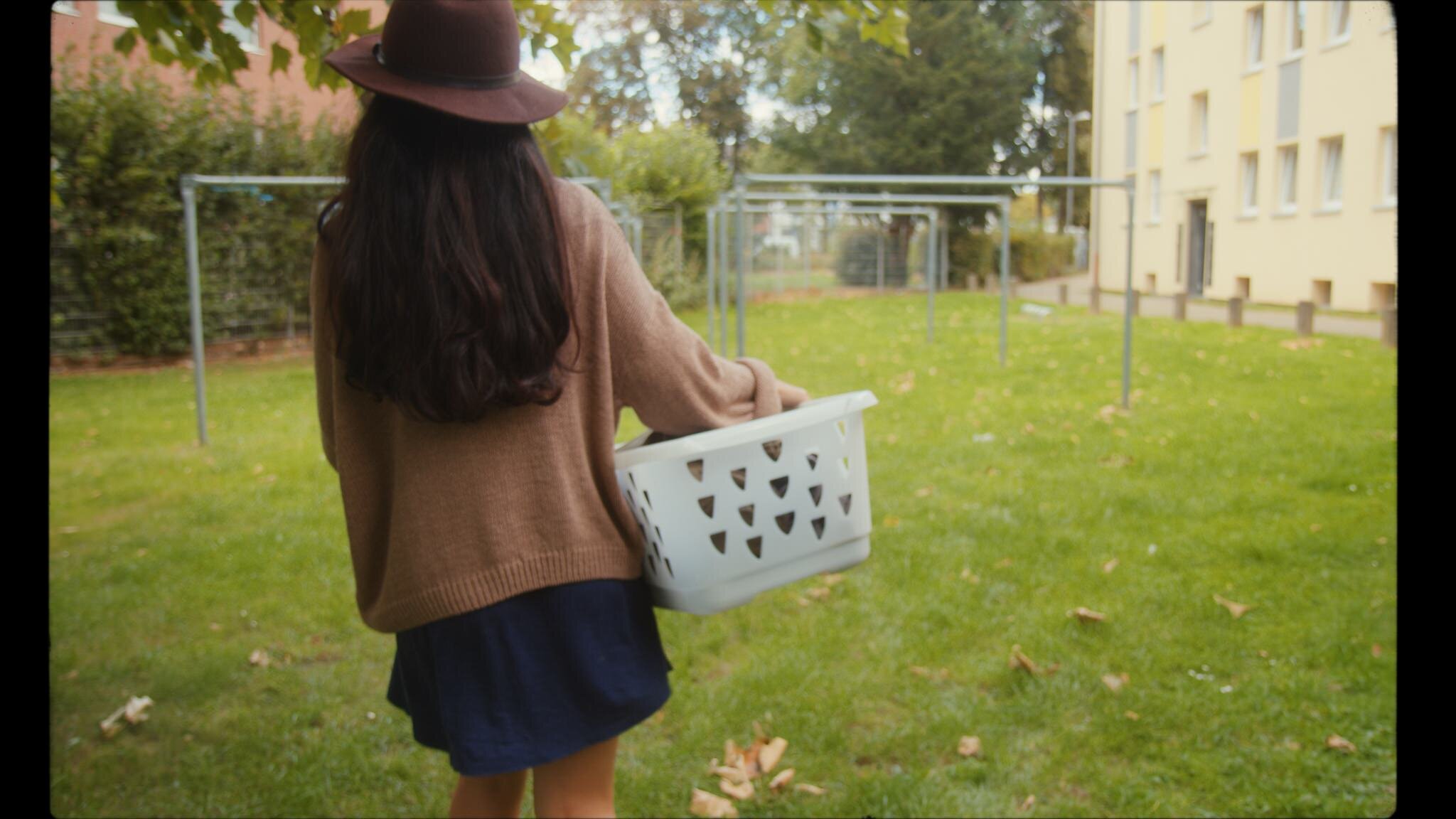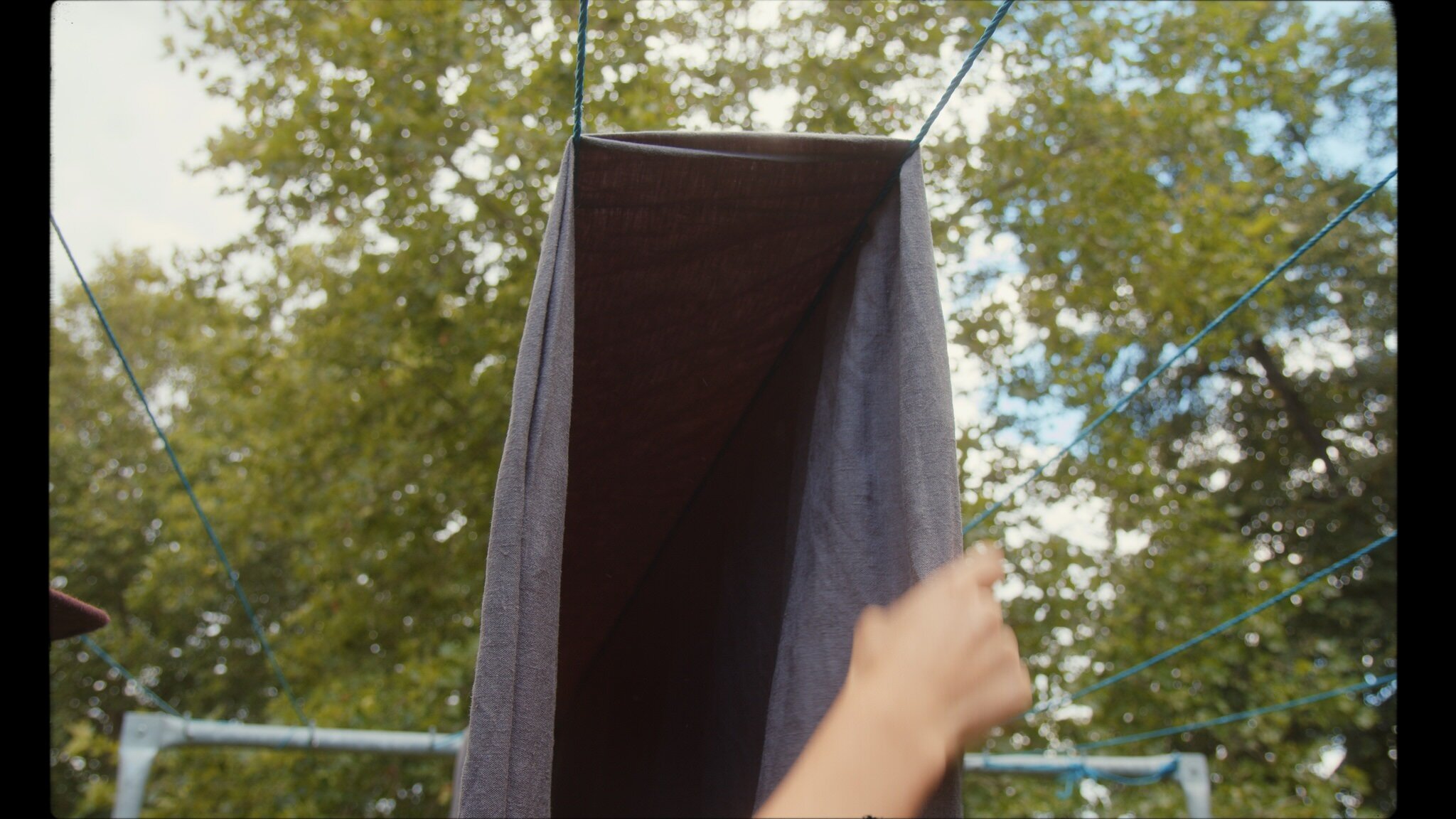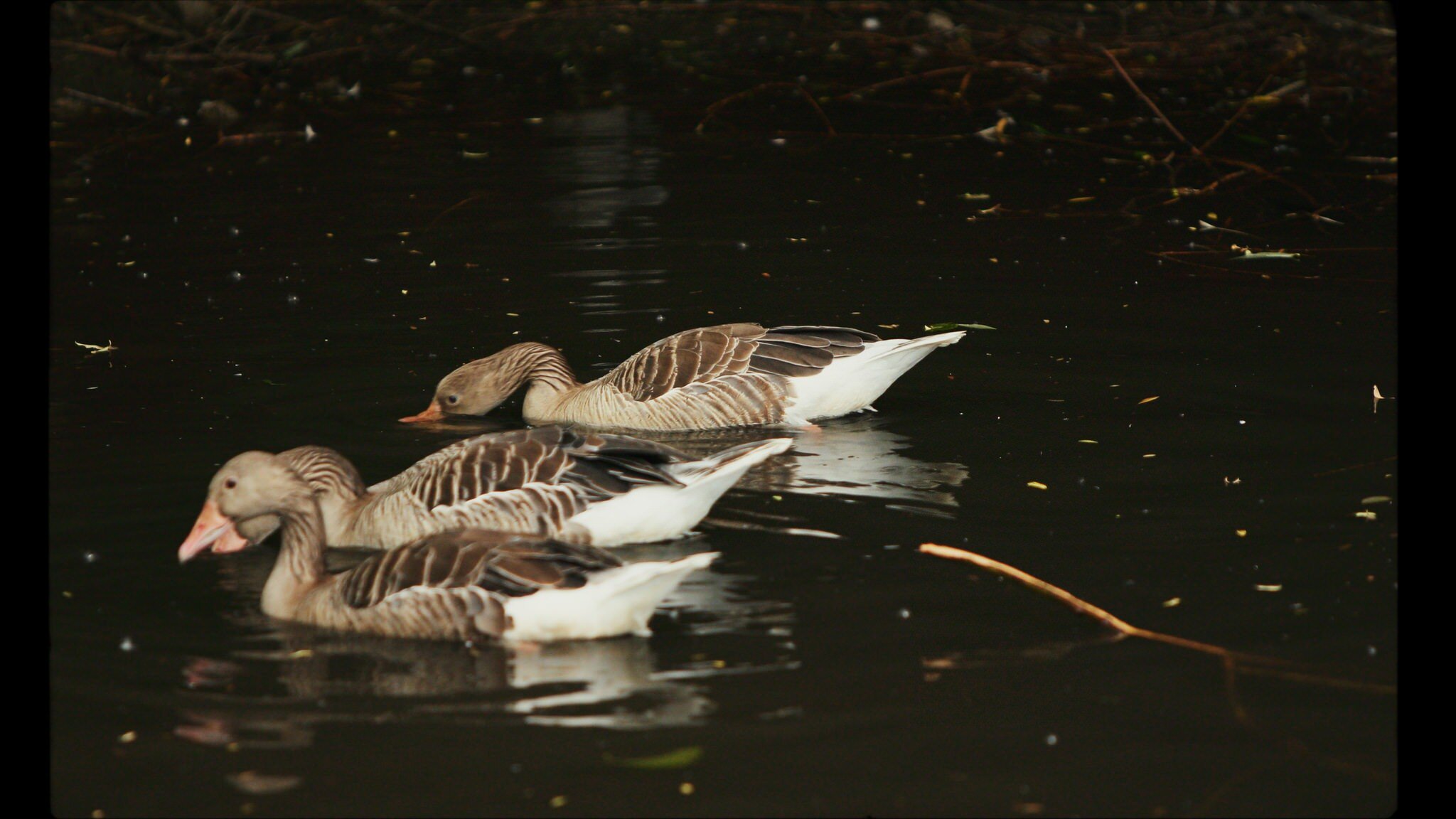English Ivy Laundry Detergent | Bột Giặt Eco từ Lá Thường Xuân
(English Below)
Đã bao giờ bạn nghĩ đến việc giặt đồ bằng lá thường xuân chưa?
Nguyên tắc cũng giống như chất tẩy rửa bình thường ta hay mua: Saponin chứa trong lá thường xuân có đặc tính giống như xà phòng, nhờ đó chúng loại bỏ được chất bẩn và dầu mỡ. Ưu điểm đặc biệt của cây thường xuân là cây thường xanh và do đó có thể dùng quanh năm. Khi tự làm đồ giặt quần áo hữu cơ thì người ta còn hay dùng hạt dẻ ngựa nữa, tuy nhiên thì hạt dẻ ngựa có điểm hạn chế đó là chúng chỉ có vào mùa thu.
A single, completely natural ingredient is often enough to wash laundry: ivy! The saponins contained in ivy leaves have soap-like properties, thanks to which they bind dirt and grease in the washing machine and remove them with the sewage.
Because of this, the leaves can be used to make an excellent detergent. The principle is the same as with organic detergents made from chestnuts , which also contain saponins. The particular advantage of ivy, however, is that the plant is evergreen and therefore freshly available all year round.
A. Cho quần áo nhiều màu
Với đồ quần áo nhiều màu thì có thể giặt trực tiếp với là thường xuân mà không cần phải xử lí thêm gì. Cho khoảng một nắm tay lá thường xuân vào túi vải lưới hoặc chiếc tất rồi cho vào máy giặt cùng với quần áo, giặt từ 40 °C trở lên. Có thể thêm đổ thêm một thìa baking soda vào ngăn bột giặt của máy giặt để tăng thêm hiệu quả và còn giúp làm mềm nước nữa.
A. Colored Clothes
The leaves of the english ivy can be added directly to the washing drum. With colored clothes and wash temperature of 40° C and above and without a short wash cycle, the saponins are released in sufficient quantities even without prior processing of the leaves and lead to a clean result of the wash. To do this, roughly tear a handful of leaves per wash load, put them in a laundry net or a sock, close or tie a knot and simply throw them in the washing drum. A tablespoon of washing soda in the main wash chamber also enhances the washing result and also has a water-softening effect.
B. Cho quần áo trắng, sáng màu, nhiều màu, giặt dưới 40 °C
Nếu muốn giặt quần áo sáng màu hay quần áo nhiều màu nhưng ở nhiệt độ thấp thì ta cần chuẩn bị dung dịch lá thường xuân.
Nguyên liệu:
30g lá thường xuân
300 ml nước
1 Tbsp Baking soda (không bắt buộc)
Cách làm:
Đun sôi nước sau đó cắt nhỏ lá thường xuân và cho vào hộp/lọ. Lúc này nước sẽ còn nóng nhưng không còn sôi nữa, đổ nước ngập kín lá và đậy nắp lại.
Để yên trong vài giờ và thỉnh thoảng kiểm tra xem dung dịch có tạo thành bọt khi lắc không. Nếu có nhiều bọt thì dung dịch rửa có thể sử dụng được. Nếu vẫn chưa có bột thì lại chờ tiếp đến khi nào thấy dung dịch có nhiều bọt nhé.
Lọc bỏ lá đi ta có dung dịch nước giặt. Đổ dung dịch này và ngăn bột giặt của máy giặt như bất cứ loại bột giặt/nước giặt thông thường và dùng như bình thường nhé.
Giặt bằng cây thường xuân giúp đồ giặt mềm mại và có mùi thơm tự nhiên, ngay cả khi không có nước xả vải. Tuỳ vào nơi bạn ở - nếu nước máy khu vực đó cứng nên có thể cho giấm ăn và vài giọt tinh dầu vào ngăn chứa nước xả vải để đồ giặt mềm và thơm nhé.
Vì lá thường xuân không chứa bất kỳ chất tẩy đặc biệt nào nên đồ giặt với vết bẩn đặc biệt cứng đầu như trái cây, mực… tốt nhất nên được xử lý trước bằng curd soap, gall soap hoặc các dung dịch xịt vết bẩn bio trước khi giặt bằng lá thường xuân.
Vì thường xuân ra lá xanh quanh năm nên mình luôn dùng lá mới hái (hoặc cùng lắm là để trong tủ lạnh tối đa hai ngày) và ngâm xong giặt luôn. Vì saponin mới được hòa tan luôn có tác dụng hoá học mạnh nhất. Tuy nhiên, saponin cũng không mất đi quá nhiều khi giữ lá trong tủ đông với số lượng nhỏ nên nếu bất khả kháng, có thể đông lạnh hoặc làm khô lá thường xuân. Nếu dùng lá đông lạnh hoặc lá khô thì nên dùng nhiều lá hơn thường lệ, vì sức mạnh giặt của lá thường xuân giảm một chút sau khi phơi khô.
B. For clothes with wash temperature under 40 °C
In order to be able to wash white, colored and delicate items with ivy leaves even at low temperatures and with short wash cycles, it is advisable to use an ivy washing solution.
For a load of laundry you will need:
- 1 handful of ivy leaves (approx. 30 g)
- 300 ml of water
- Optional: 1 tbsp washing soda
- Container, e.g. a large mason jar or screw jar
INSTRUCTION:
Bring water to a boil. Roughly chop the ivy leaves and place in the container. Pour hot, no longer boiling water over it and seal.
Let it steep for several hours and occasionally check whether it forms foam when you shake it. If there is significant foam formation, the washing solution can already be used. If this is not yet the case, add a little more ivy or extend the steeping time.
Strain the ivy wash solution through a strainer into the main rinse chamber of the washing machine. Optionally add washing soda and wash as usual.
Washing with ivy makes the laundry soft and smells naturally fresh, even without fabric softener. Depending on the hardness of the water, adding table vinegar in the fabric softener compartment can further improve the washing result. Add a few drops of essential oils to the fabric softener compartment for extra laundry scent. Because the ivy detergent does not contain any special stain removers or bleaching agents, laundry with particularly stubborn stains such as fruit, ink or grass is best done with moistened curd soap, gall soap or an ecological pre-wash spray treated with before it ends up in the ivy wash.
Since ivy is evergreen, its leaves are available all year round for making detergents. Freshly dissolved saponins always produce the best washing effect. Therefore it is advisable to use the ivy detergent immediately after it has been made or to store it in the refrigerator for a maximum of two days. In some cases, however, it can still be useful to secure a small supply of ivy. For example, the saponins are retained when the leaves are frozen in small quantities . If necessary, they can be thawed and used as detergent. It is also possible to dry the ivy leaves. It is better to use a slightly larger amount if you want to wash, because the washing power of ivy decreases a little as it dries.






